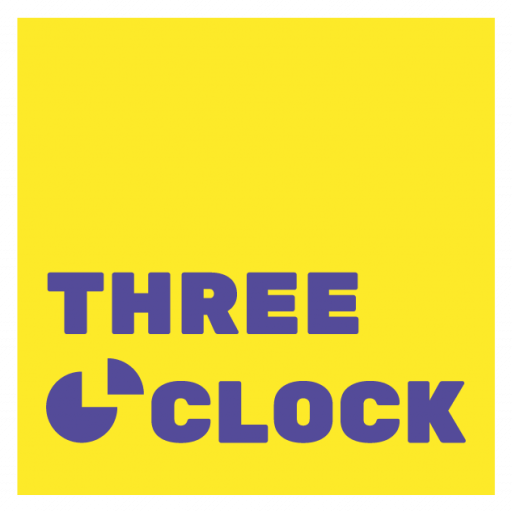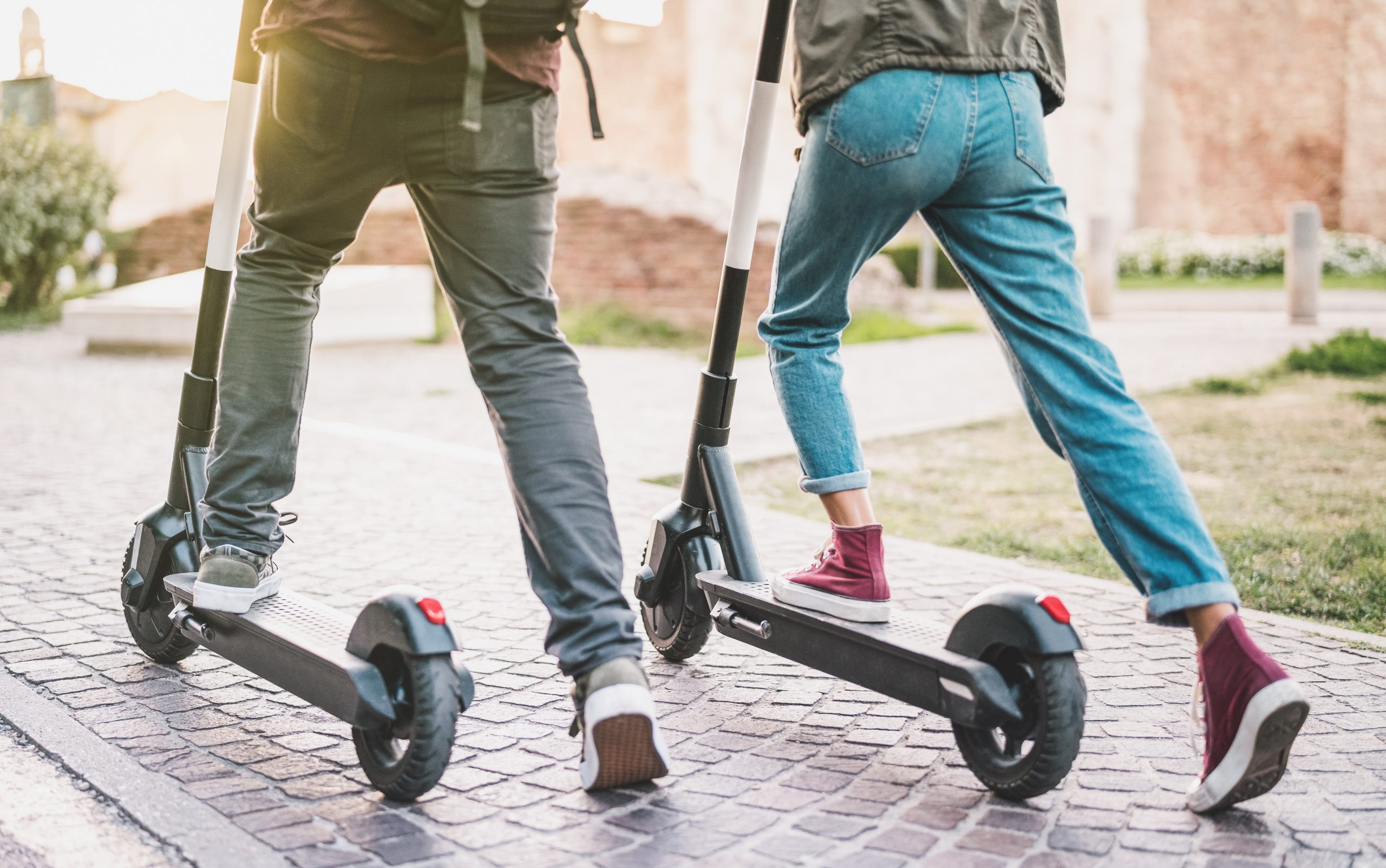The role of micromobility [1] has traditionally been to solve first and last mile connections (the distance between a mobility hub and a departure or final destination point). The micromobility market has been growing since its inception. According to BIS Research, the global micromobility market is expected to reach almost US$32 billion by 2029 at an annual growth rate of 11.95%. It started to experience high growth rates in 2017-2018. The number of micromobility trips doubled in the US in these years, and most of this growth came from an e-scooter market that did not exist in 2017, with similar numbers in Europe. Statista estimates that the US and European markets for shared e-scooter services are expected to reach US$12 billion, and in China, the sharing market alone will reach US$6 billion by 2025.
In 2019, many market players already existed. Madrid, for example, had one of the highest concentrations of e-scooter operators with 18 companies holding licenses [2] (from a total of 25 companies requesting them). Profitability and an excess of offer began to put pressure for consolidation, which started to increase in 2019. We saw bigger players buying smaller startups: Bird acquired Scoot and Circ, Ojo absorbed Gotcha to create Last Mile Holdings, and Latin American scooter companies Grin and Yellow merged to form Grow Mobility. More recently Uber, who was a minority stakeholder in Lime, decided to invest US$170 million in Lime, making it the biggest e-scooter giant (integrating Jump fleet from Uber).
Then COVID-19 came.
The virus has changed the rules of transport in cities, as public transport did not necessarily allow the security and social distancing measures it imposes. With historically low gas prices, the resurgence of car use and an increase in traffic congestion will likely happen. And this will impact negatively the cleaner environment and air quality that we got used to during the COVID-19 lockdown.
To avoid this, cities are planning experimental citywide expansion of cycling and walking space as in Milan or Paris. In South Korea, a country put forward for its management of the crisis, riders are using Lime 14% more than they did before the pandemic. The city of Lyon has launched an offer for parking and e-scooters’ use, to encourage citizens to park their car in the suburbs and take the e-scooter. This particular situation could represent an important opportunity for micromobility companies. They could turn the struggling financial situation that the lockdown has generated (dramatic reduction in demand, limiting services, experiencing important losses, firing employees…), into an opportunity to propose a safe, clean and fast mobility option. Mobility and non-mobility companies are exploring these opportunities and for example, Blablacar and Voi technology have joined forces recently to create BlaBla Ride to help their passengers meet their drivers avoiding the risk of public transport.
We could expect to see micromobility, no longer as only a first and last mile solution, but as a good option for cities to complement their mobility offer and explore new cooperation models with micromobility operators. If a more collaborative approach is taken (as it has been done across multiple EU cities with shared bikes) the long-term sustainability of new micromobility offers could be ensured, providing cities a central role in the mobility ecosystem.
Written by Eva Boo
[1] micromobility criteria includes light weight (< 500kg), short distances (< 8km) and max. speed of 25km/h that can be shared or personally owned. It includes electric and manual bicycles, (kick)scooters, skateboards, monowheels, and hoverboards.
[2] Uber, Eskay, Voi, Taxify, Scoot, Koko, Ufo, Rideconga, Flash, Mobike, Ari, Tier, Alma, Lime, Motit4u, Wind and SJV Consulting
Follow us on LinkedIn & Instagram





